Leaks and Cracks: The Silent Culprits Behind Air Duct Replacement
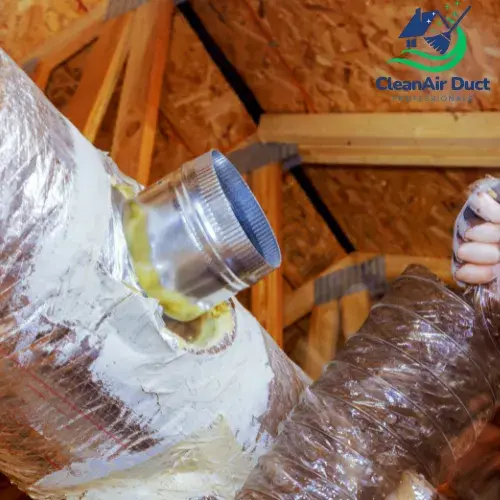
Over time, air ducts can develop leaks and cracks due to wear and tear or improper installation. These gaps allow conditioned air to escape, reducing the efficiency of your HVAC system and driving up energy costs. When your ducts are damaged, your system has to work harder to maintain the desired temperature, which not only […]
Identifying Energy Loss: How Damaged Ducts Increase Utility Costs
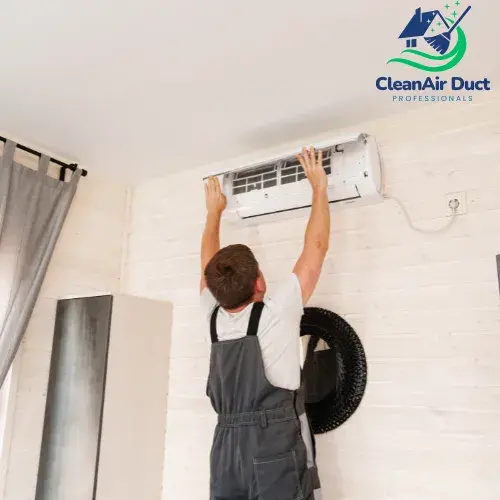
Damaged air ducts are one of the most common culprits behind rising energy bills. When ducts develop leaks, cracks, or loose connections, conditioned air escapes before it reaches your living spaces. This means your HVAC system has to work overtime to compensate for the lost air, consuming more energy and driving up costs. Poorly sealed […]
How Air Duct Replacement Improves HVAC System Performance and Efficiency
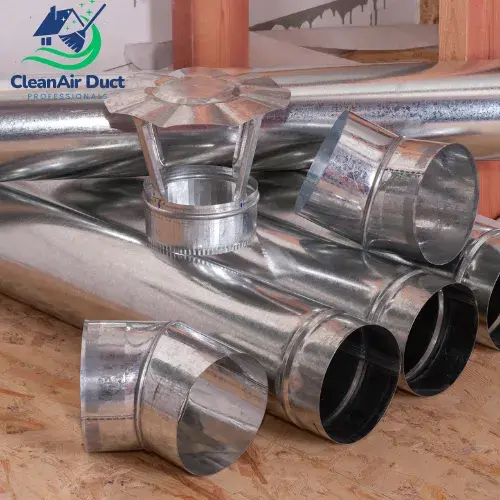
Over time, air ducts can develop leaks, cracks, or blockages that disrupt airflow and reduce the efficiency of your HVAC system. These issues force your system to work harder to maintain the desired temperature, which leads to higher energy bills and unnecessary strain on components like the blower motor. Air duct replacement resolves these problems […]
Myth: Air Duct Cleaning Isn’t Necessary for Newer HVAC Systems
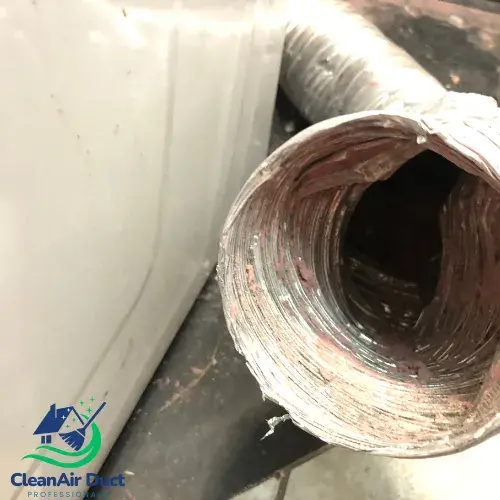
A common misconception is that new or recently installed HVAC systems don’t require air duct cleaning. While a newer system may seem clean, dust and debris can accumulate surprisingly fast, especially if you’ve done renovations or live in an area with high pollen or dust levels. Even new homes can have construction debris like drywall […]
The Step-by-Step Process of Air Duct Cleaning: What to Expect
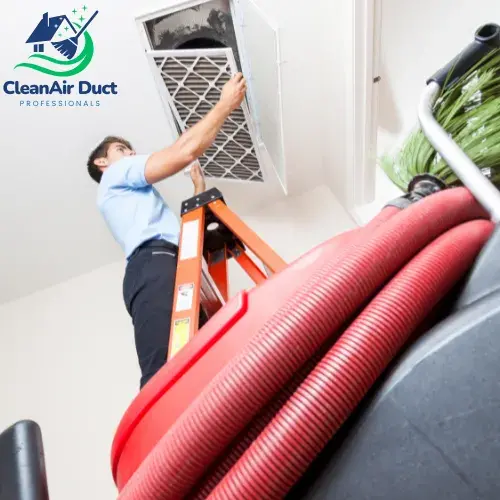
Air duct cleaning may seem like a complex task, but understanding the process makes it easier to see why it’s so important. First, professionals inspect your ducts to identify areas with significant dust, debris, or mold. This step ensures they tailor the cleaning process to your home’s needs. Next, specialized tools like high-powered vacuums and […]
How Air Duct Cleaning Improves Indoor Air Quality and Reduces Allergens
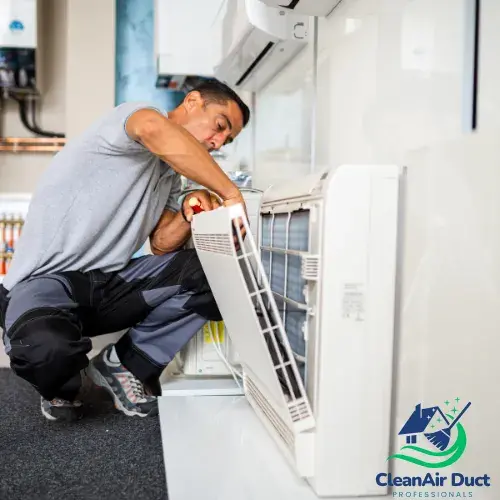
Your air ducts are like the lungs of your home, circulating air throughout every room. Over time, they can collect dust, pollen, pet dander, and even mold spores, which are then released into the air you breathe. This buildup can lead to poor indoor air quality, triggering allergies, asthma, and other respiratory issues. Regular air […]
How Air Duct Cleaning Enhances HVAC Efficiency and Performance
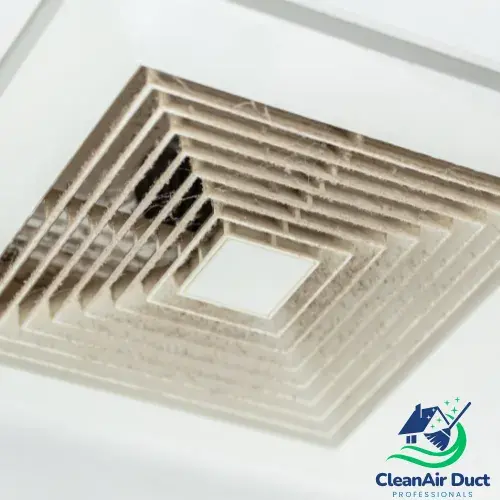
When your air ducts are filled with dust, debris, and other contaminants, your HVAC system has to work harder to push air through the ducts. This extra strain reduces efficiency and increases energy consumption, which translates to higher utility bills. Regular air duct cleaning removes blockages and buildup, allowing air to flow freely. With clean […]
How Air Duct Cleaning Enhances Your Home’s Comfort and Air Quality
Your air ducts play a vital role in keeping your home comfortable, but when they’re clogged with dust, pet dander, or allergens, they can make your space less enjoyable. Every time your HVAC system runs, these contaminants circulate, affecting the air you breathe. This can lead to musty odors, allergy symptoms, and an overall decline […]
Why Air Duct Cleaning is Essential for a Healthier Home Environment
The air inside your home can impact your health more than you might realize. When air ducts are filled with dust, pet dander, mold, or allergens, these particles are circulated every time your HVAC system runs. This can cause or worsen allergies, asthma, and other respiratory issues, especially for sensitive individuals. Professional air duct cleaning […]
How Air Duct Cleaning Improves Indoor Air Quality
The air you breathe at home directly impacts your health and comfort. Over time, dust, pollen, pet dander, and even mold can settle in your air ducts, turning them into a hotspot for allergens and pollutants. When your HVAC system runs, these contaminants circulate through your home, reducing air quality and potentially causing respiratory problems. […]
